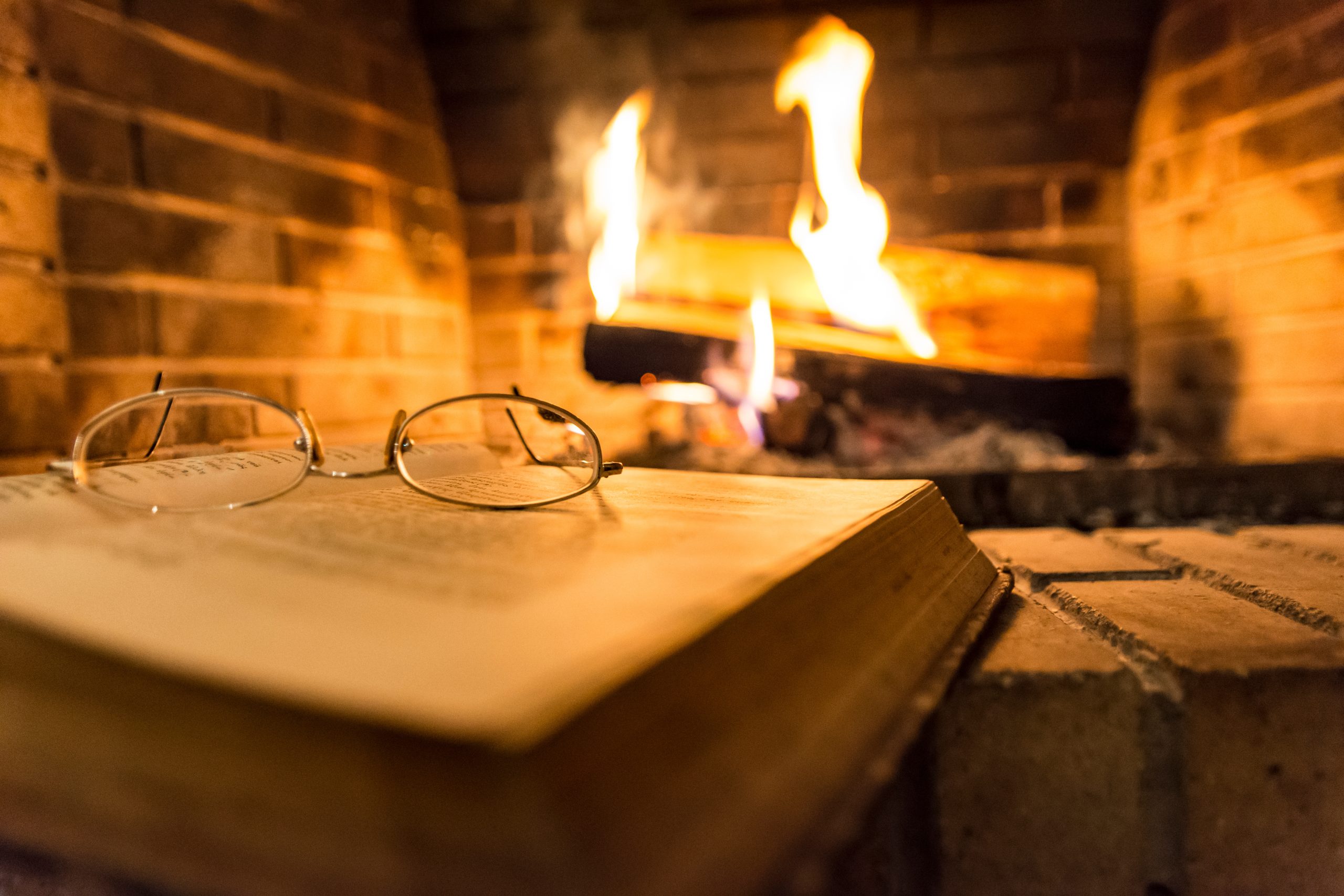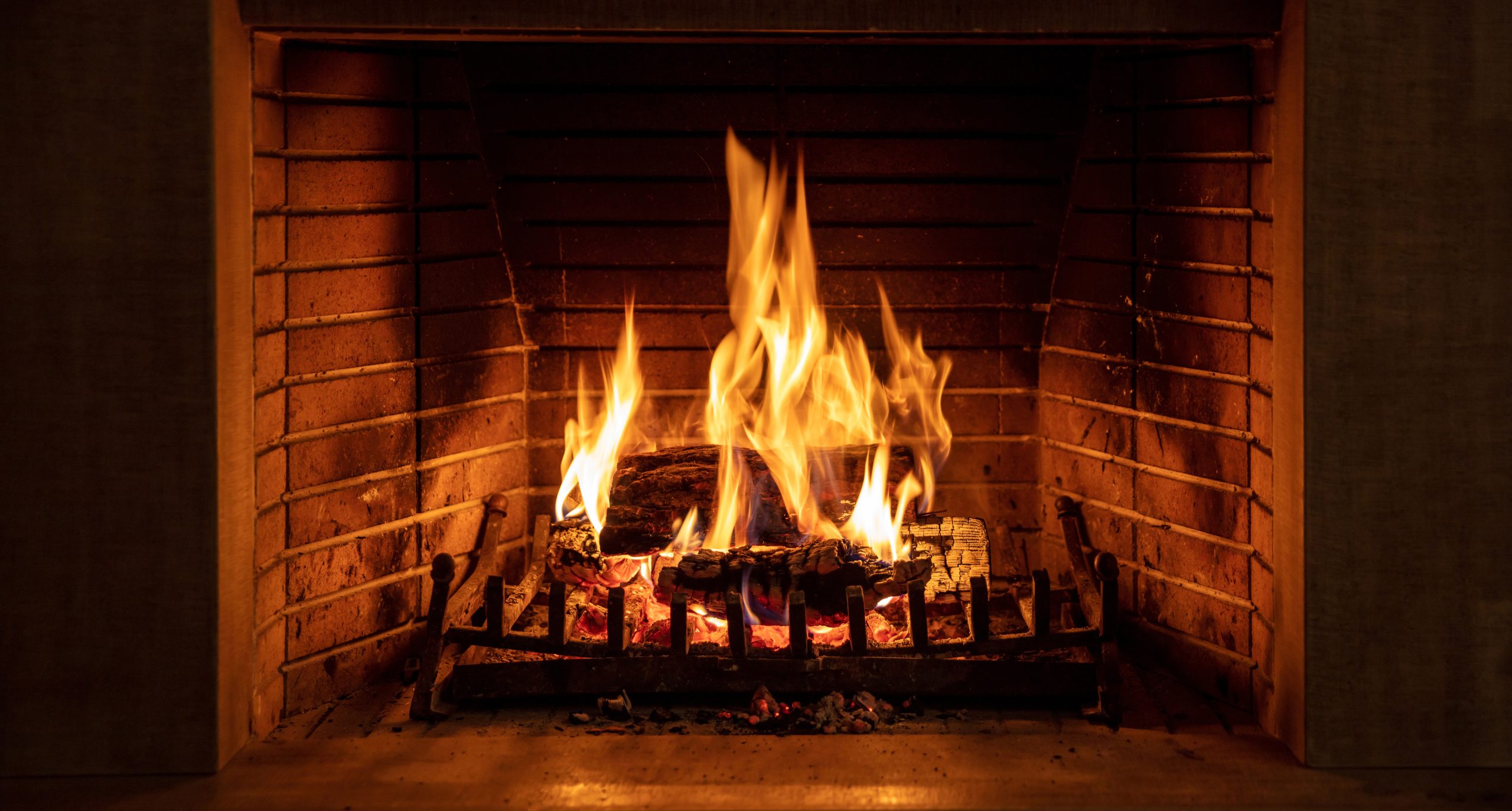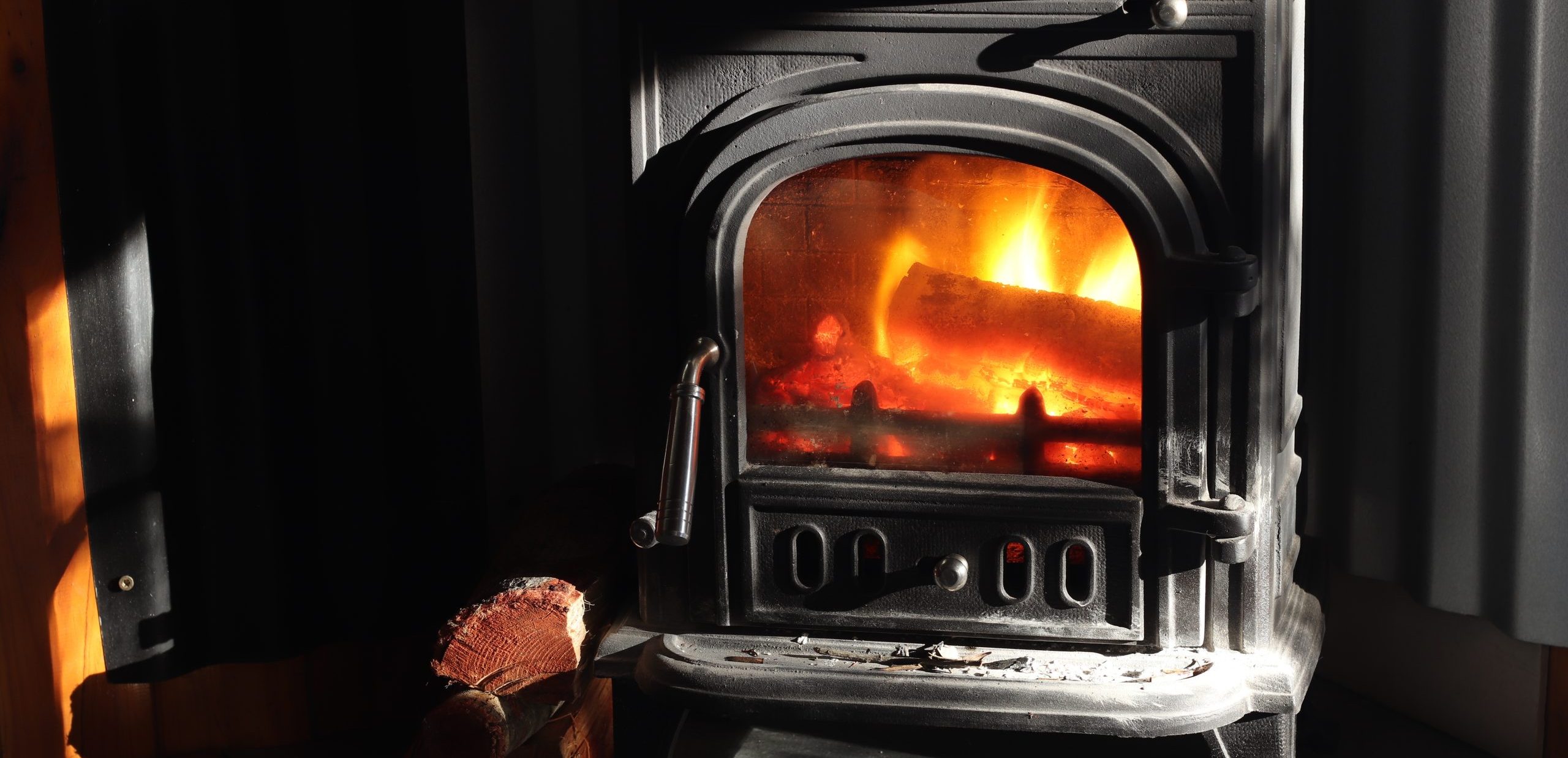Thatch Roof Fire Protection. What Steps Can You Take?


In 2022, in Chelmsford, Essex, a garden fire that was probably started by a barbecue quickly spread to nearby conifers, reaching fifteen homes and injuring seven people. Forty people were evacuated from their homes and more than thirty firefighters were brought in to tackle the fire.1 These tragic incidents, while rare, are an example of how easily fires can happen.
It is not only immediate surroundings that are damaged from fires, but the wider environment including wildlife and natural habitats. In Norfolk last year, over 100 acres of nature reserves were destroyed after fires spread through the surrounding area.2
If you choose to hold barbeques or social gatherings which means you use chimineas, fire pits or bonfires, please follow your insurer’s guidelines and stay aware of potential risks.
When you are using a barbeque, chiminea, firepit or bonfire, light it as far from your property as possible. English summers are often wet, interspersed with sunny, dry spells, however with climate change causing increasingly hot weather in the UK, grass and other types of foliage can often be tinder dry.
If a spark from a bonfire or a hot coal from a barbeque drops on dry grass, fire could quickly spread. Even a light breeze can catch an ember and carry the spark on to a thatched roof or on to dry foliage near your house. If the roof which is often constructed from timber and centuries-old materials goes up in flames, your home and belongings could be destroyed. Worse still, people could be injured or die.
Some insurers ask for fires to be held five metres away from the property, but this can differ between insurance companies. Others state that a bonfire must be located at a distance of at least 100 metres from your home.3 If you are not sure as to what your insurer requires, talk to our team, or please check your policy wording.
Thatch is made to repel and shed water, often making it difficult to extinguish a thatched roof fire. Having a thatched roof doesn’t mean your house is more likely to catch fire than a regular house. However, if it does catch fire the flames could spread very easily and quickly.

Thatched roofs are not more susceptible to catching fire than properties with conventional roofs. However, the risks can be greater if a fire should start in a thatched property. Fire Safety is important when it comes to having any kind of fire in your garden, especially in the summer. Here are a few extra precautions you can take:
Taking certain safety measures can help reduce the likelihood of a fire starting in your home, while preserving the historical value of your thatched property.
Invest in fire-resistant materials beneath the thatch layer, such as fireproof boarding or protective barriers, to slow fire spread. Modern fire-retardant sprays or solutions can also be applied to the thatch, helping to reduce its combustibility without altering its appearance.
A well-maintained chimney is essential. Regularly clean and inspect the chimney to remove soot buildup, which can lead to chimney fires. While insurers’ criteria will vary, cleaning your chimney at least twice a year is essential.
Registered chimney engineers are in high demand which is why booking their services in advance is recommended. Chimney pots need to extend to a minimum of 1.8 meters above the thatch and hidden sections of your chimney need to be inspected if your thatcher is re-thatching or checking the roof.
Ensure that all electrical wiring in the property is up to standard. Faulty wiring near the roof can spark fires. Keep light fittings at a safe distance and avoid recessed lighting.
Inspect the roof and attic space for rodents and take the appropriate action should you find traces of mice and rats as they can be the cause of damaged wiring and electrics.
Many thatched properties have wood burners or fireplaces. For information on what type of fuel to burn and what to avoid, our article provides detailed information on what is safe to use in a wood burner or open fire.

If you’re installing a wood burner, fireplace, or stove, please talk to us to make sure the type of heat source complies with regulations. Next, ask a professional thatcher to advise you on the best location for your wood burner or open fire, and only use the services of a specialist engineer when installing the heat source.
Incorporate firebreaks into the thatch design, such as gaps or treated sections. Keep the surrounding area free of debris, overhanging branches, and dry vegetation, as these can act as kindling.
Install smoke alarms specifically designed for early detection in thatched properties. Heat sensors in the roof space can provide critical early warnings.
If you would like further information on using a heat source in your thatched home and how it could affect your insurance policy, please get in touch with our specialist insurance team. Or, if you would like to discuss your insurer’s requirements around lighting bonfires or barbeques in the garden of your thatched home, please contact us.